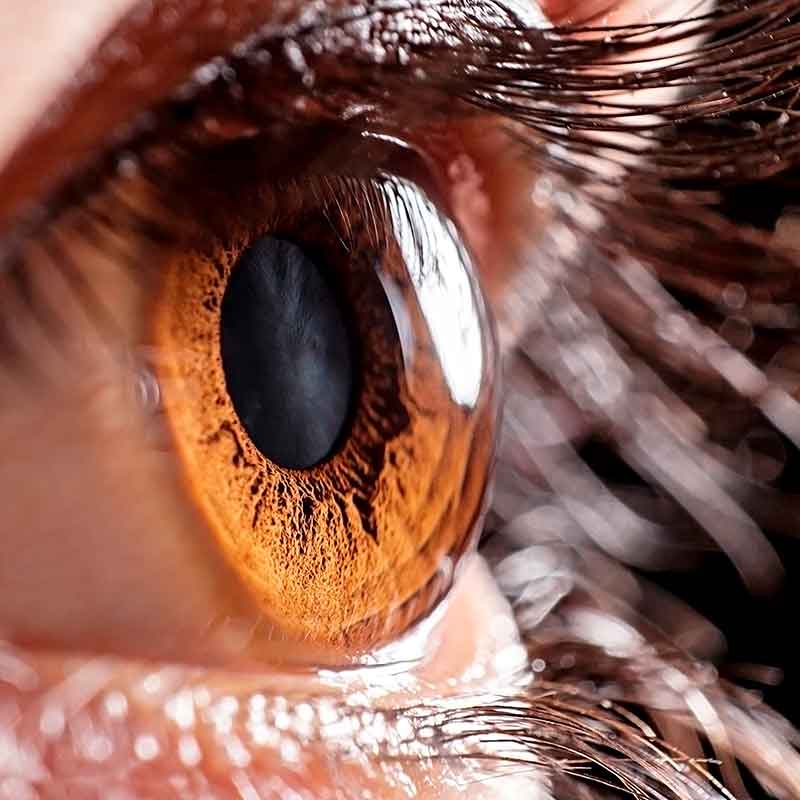If your nearsightedness is too high to be corrected by laser, phakic intraocular lens implantation provides an excellent combination of vision and safety.
Phakic intraocular lenses are made of a material similar to contact lenses, but are designed to be placed inside the eye, allowing the correction of high refractive errors, especially myopia.
For this surgery, it is required to apply drops that dilate the pupil, since the lens is implanted behind the iris. After applying anesthesia, we will create a very small incision at the junction of the cornea and the sclera, through which the lens will be injected into the eye. The surgeon makes sure that the lens is positioned properly and will check the eye pressure a few hours later.
The change in vision is AMAZING and will give you great satisfaction.







